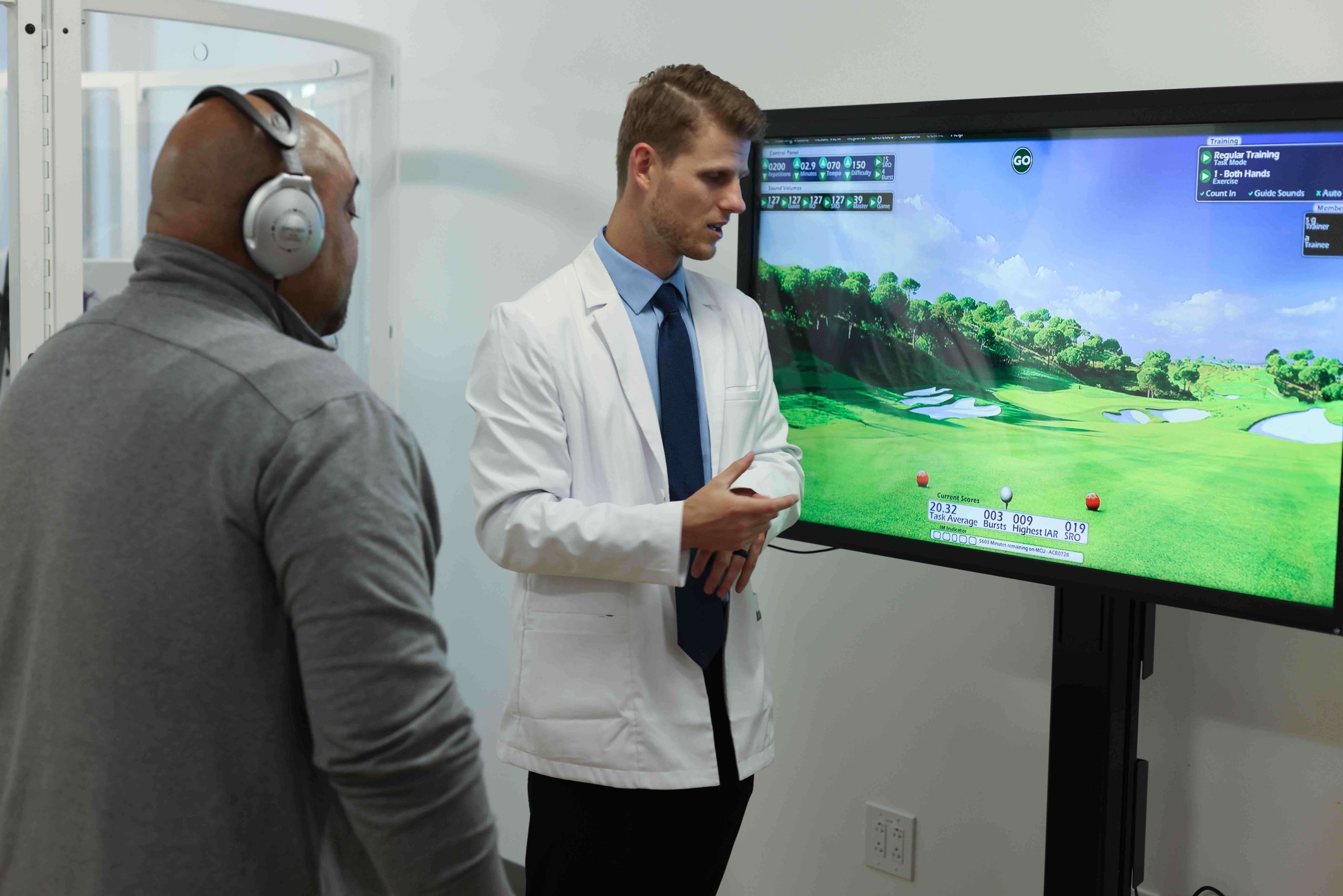Did you know that 6 in 100 people will be diagnosed with PTSD (Post traumatic stress disorder) in their lifetime? And around 50% of people deal with at least one traumatic event in their lifetime? But even still, this disorder is grossly misunderstood.
Often, this disorder can be confused or lumped in with other more familiar conditions with some overlapping symptoms – such as depression, personality disorders or similar. But the treatment is not the same – and that’s why it’s critical to understand what PTSD truly is, and the symptoms to look out for.
Let’s take a look into what PTSD is, the symptoms to look out for and the treatments available.
What is PTSD
PTSD is a mental health condition that impacts both children and adults. It can be confusing because this is not a condition that will impact every person who experiences a traumatic event – in fact, only around 6% of Americans will be diagnosed with PTSD.
It’s unclear why some people will experience PTSD while others won’t, but it is known that sufferers of PTSD experience four stages or characteristic features of the disorder. These are: exposure to the traumatic event itself, re-experiencing the event after the fact, avoidance of anything related to the trauma, and increased alert that prevents the person from sleeping or “calming down”.
Types of PTSD
There are 5 types of PTSD, and each type of PTSD increases in intensity. The 5 types of PTSD are:
- Normal stress response: This stage happens before PTSD begins, but experiencing the normal stress response doesn’t always mean you will get PTSD. The normal stress response usually goes away in 2 to 3 weeks, and doesn’t share the four characteristics of PTSD. Normal stress responses can feel like a panic attack or an intense reaction caused by a stressful or traumatizing event.
- Acute Stress Disorder: This disorder does not occur the same way traditional PTSD does. Acute Stress Disorder happens due to an event that felt life-threatening, for example, a natural disaster or domestic fight. If acute stress disorder is left untreated, it can develop into PTSD. This type of disorder is commonly treated by attending group support therapy or counseling and the use of medications.
- Uncomplicated PTSD: This disorder happens due to a major traumatic event. It’s called “Uncomplicated” PTSD because it’s considered one of the least complicated forms of PTSD to treat since the major traumatic event can be identified. Symptoms of uncomplicated PTSD include nightmares, flashbacks to the event, and irritability. This disorder is treatable with medications and therapy.
- Complex PTSD: This disorder is caused by multiple traumatic events. For example, a soldier who has seen several horrific incidents or a victim dealing with repeated domestic abuse. Symptoms of complex PTSD include intense rage, avoidance, depression, or episodes of panic. Treating complex PTSD is a complicated process and must be treated by a team of mental health professionals.
- Comorbid PTSD: This type of PTSD is a blanket term for patients who suffer from more than one mental health concern. This is common with PTSD sufferers. In fact, a recent survey indicates that approximately 80% of PTSD patients meet criteria for at least one other psychiatric diagnosis.
What Are Common PTSD Symptoms
Symptoms of PTSD vary from person to person and the symptoms may not present right away. It may take months, or even years, after the traumatic event for symptoms to become apparent. Common PTSD symptoms can include:
- Anxiety
- Flashbacks of the traumatic event
- Nightmares
- Trouble sleeping
- Feeling emotionally numb
- Avoiding certain places or experiences
- Being extra cautious
- Self-destructive behavior
- Difficulty focusing
- Memory loss
- Guilt, shame, or hopelessness
- Unexplained changes in mood
Ultimately, the diagnosing characteristics of PTSD are a range of these symptoms and the four stages of PTSD spoken about earlier in this blog. These are: exposure to the traumatic event itself, re-experiencing the event after the fact, avoidance of anything related to the trauma, and increased alert that prevents the person from sleeping or “calming down”.
What Are The Common Treatments for PTSD
The good news is that, with today’s advancements in modern medicine, PTSD is treatable. The form of PTSD that you have will determine the best route of treatment – this should be discussed with a medical professional, but may include a combination of therapy and medication.
In addition to this, there are a range of technologies and innovative treatments grounded in Neurology, Physiology and Integrative Healthcare that have been shown to help with the symptoms of PTSD.
At Parker Performance Institute, we understand how PTSD can not only affect a person’s brain and the rest of the nervous system but also their ability to function in life, in a way that is meaningful to them. That’s why we offer a range of services to help the brain recover, improve physical function, progress mental and physical activity performance, and achieve nutritional and therapeutic lifestyle change when developing a custom treatment plan to help you to regain your livelihood post-trauma.
If you believe you are dealing with PTSD, Parker Performance Institute is here to help guide you with effective treatment strategies and a plan that is uniquely tailored to your situation. It’s time to reclaim your life.



